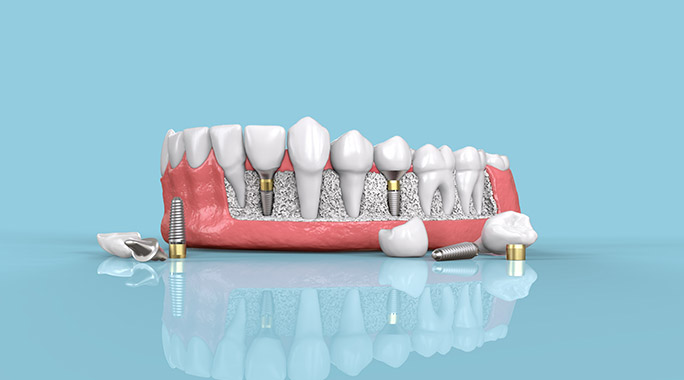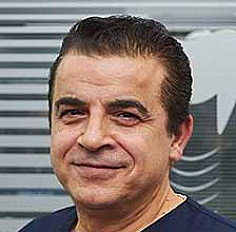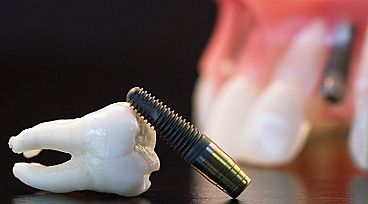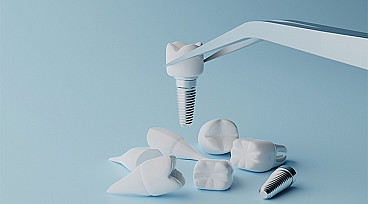Blog
Archive
CLOSED DENTAL IMPLANTS - (CONVENTIONAL DENTAL IMPLANTS)

Date - 2020-08-19 19:13:12
Category - Conventional dental implants
what is Conventional dental implants
Conventional dental implant is a classical universal method, in which after the placing (screwed) in the spongy bone (soft bone), we must wait for a period of 3-5 months necessary for achieving osseointegration with the bone (ossification).
After this osteointegration period, the implant can be loaded with a crown or bridging structure. Therefore, it is called two-stage implantation.
The main problem with conventional implants is acceptance and steady hold of the implant in the bone. This problem was resolved for the first time by Dr. Bronemark (Sweden), which manufactures bio-porous implants with a specific design tailored to the ways of new bone formation and bone aging.
Over the years, Conventional dental implants has developed very quickly. Different international companies are constantly creating a variety of implant modifications to increase the success of their retention in the bone. This is the reason for the growing number of companies and manufacturers, which are looking for and offering innovation in dental implantology.
In our clinic we use the latest implant systems - each with its advantages and indications of use. Such are ENDURE (USA), MDI (USA), Titanium Fix (Brazil), I-Fix (Italy), Strauman (Germany), Ankylos Korea). These world-famous and certified brands have their indications in the application of the methods.
Each system has application advantages depending on the amount of available bone and the implantation area - the frontal or distal area.
Stages of treatment conventional dental implants
Stage 1: After taking a history and an intraoral clinical examination and taking an X-ray, an incision is made under local anesthesia and the mucosa is removed. The implant is placed (screwed) in cancellous (soft) portion of the bone and is sutured.
Stage 2: After 4-6 months, the implant is exposed and a gingival forming element is placed to form the gum around the implant.
Stage 3: After 10-15 days of the second stage, a dental laboratory impression is made to make a bridging structure over the implant.
Stage 4: Placing the superstructure over the implant and adjusting the finished structure (above the implant) and finally finishing it.
Conventional dental implants advantages:
1. Possibility to place both single and multiple implants in all areas of the jaws;
2. Ability to make single crowns over implants, which gives a high aesthetic effec
Conventional dental implants disadvantages:
1. Required sufficient broad and high (bone) sufficient for the implant site;
2. Placement of the implant in bone spongeosis (soft part) and long waiting for osteointegration in the jaw; 3. Occasionally, if there is insufficient volume of bone, it is necessary to place a bone substitute (bone augmentation) and this extends the waiting period.

Author: д-р Гассан Мохамед
Управител; Орален хирург, Имплантолог
Latest Articles

DENTAL IMPLANTATION & DENTAL IMPLANTS METHODS

AESTHETIC PROSTHETICS AND PROSTHETICS DENTAL
